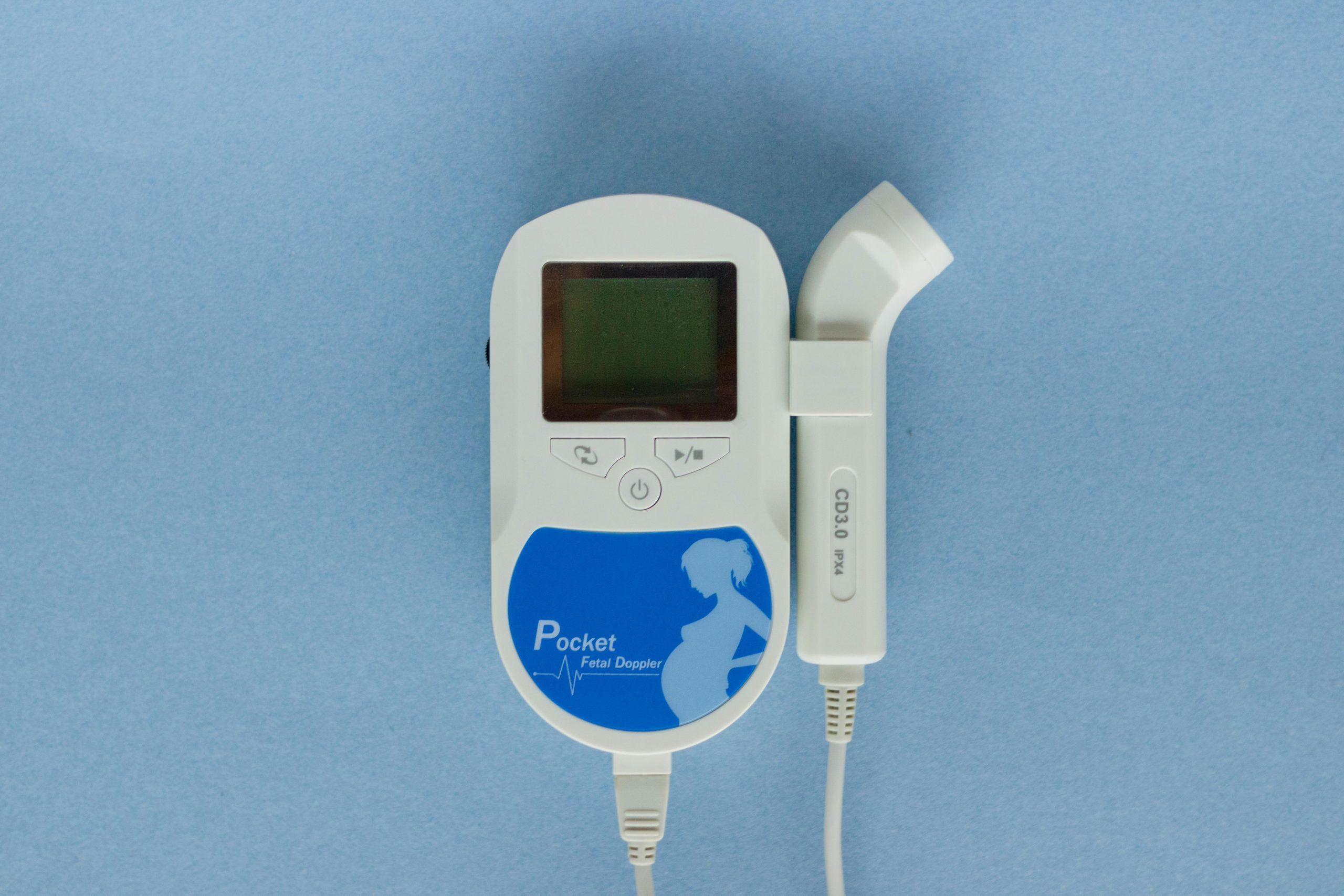Title: Troubleshooting LCD Issues: Is Your LVDS Cable to Blame?
When it comes to diagnosing problems with your LCD display, one common culprit could be the LVDS cable. This crucial component connects the display to the motherboard, transmitting high-speed data that ensures images appear clearly on your screen. However, issues can arise, leading to various display problems.
Identifying LCD Issues
If you’re experiencing flickering, distorted images, or even a completely black screen, it’s essential to consider the potential of a faulty LVDS cable. Often, the signs of a malfunction can be mistaken for an LCD failure itself, but before you jump to conclusions, it’s wise to investigate the cable first.
Common Symptoms Linked to LVDS Cable Problems:
- Flickering Display: This can occur when the connection is loose or damaged.
- Distorted Images: Artifacts or unusual colors can hint at data transmission issues along the cable.
- No Display: A complete lack of response could indicate a severed connection, potentially due to wear and tear on the cable.
Steps to Diagnose the Problem
- Check Connections: Inspect the connection points on both the motherboard and the LCD. Ensure that they are securely plugged in without any visible damage.
- Examine the Cable: Look for physical signs of wear, such as fraying or kinks in the cable. These can disrupt data flow.
- Swapping Cables: If possible, replace the LVDS cable with a new or known good one to see if it resolves the issue.
In summary, before proceeding to replace your entire LCD display, it’s beneficial to investigate the LVDS cable. This small but significant component could potentially save you time and money, ensuring that your display functions as intended. If you’re uncertain about the process, consulting with a professional technician can provide peace of mind and expertise in resolving your LCD troubles.
Share this content:




Thank you for sharing this detailed troubleshooting guide. If you’re experiencing LCD display issues such as flickering, distorted images, or a completely black screen, inspecting the LVDS cable is definitely a good starting point. Here are some additional tips to assist you:
Remember to handle the cable gently to avoid causing further damage during inspection or replacement. If after these steps the problem persists, it might be related to the LCD panel or other internal components, and consulting with a professional technician is recommended. Proper diagnosis can save time and help prevent unnecessary replacements.